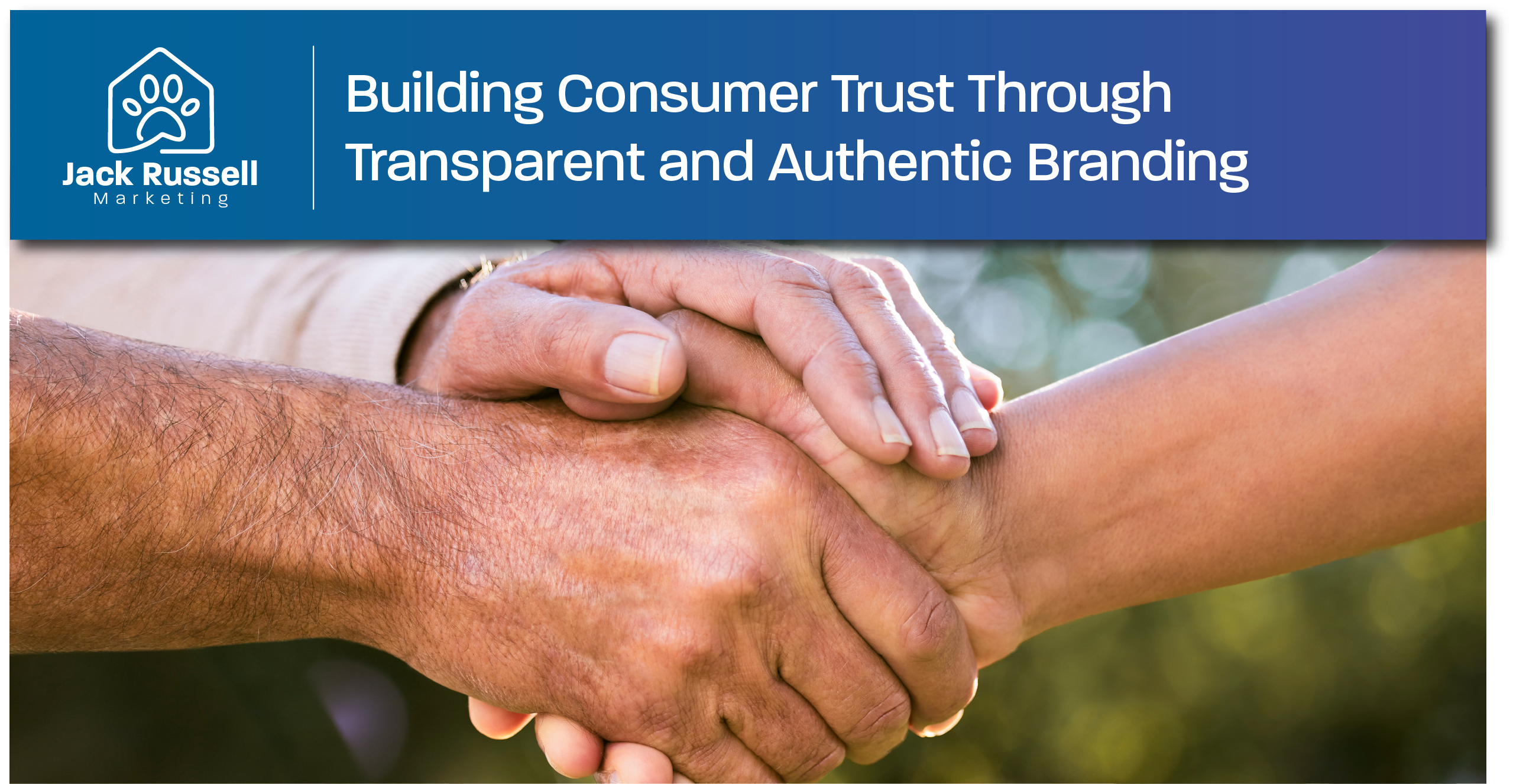Building Consumer Trust Through Transparent and Authentic Branding

Transparency isn’t just a buzzword—it’s the backbone of consumer trust in today’s digital-first world. The modern audience is savvier than ever. They don’t just want to know what your product does; they want to know who you are, why you exist, and how you align with their values.
According to recent studies, 86% of consumers say authenticity is key when deciding which brands to support, while 73% are willing to pay more for brands that are honest about their values. This shift isn’t just a trend—it’s a seismic change in how trust is earned and loyalty is built.
So, how do you position your brand as one that consumers can trust wholeheartedly? Let’s dive into the strategies, tools, and tangible steps that make transparency the secret sauce of successful branding.
“The most trusted brands aren’t perfect—they’re honest. Transparency turns curiosity into connection and customers into advocates.”
Why Transparency Matters More Than Ever
Authenticity isn’t optional—it’s expected. With access to endless reviews, forums, and social media discussions, consumers are empowered to uncover the truth. Transparent brands that embrace this reality thrive by building:
- Unshakable Loyalty: Transparency shows your customers you’re willing to be honest—even when it’s uncomfortable. It creates long-term loyalty because they trust you’ll always be upfront.
- Deeper Emotional Connections: Consumers buy more than products—they buy stories and values. Sharing your mission and purpose creates a bond that goes beyond transactions.
- A Resilient Reputation: In times of crisis, transparent brands have an advantage. They’ve built the trust needed to weather challenges and emerge stronger.
What Does Transparency Look Like?
Let’s get practical. Transparency can manifest in various ways across your branding and communication strategies:
- Open Communication: Break down the decision-making behind your policies, products, or pricing. Think of Everlane’s radical transparency around production costs.
- Purpose-Driven Marketing: Share the social or environmental impact of your work. A standout example is TOMS, with its “one-for-one” model.
- Behind-the-Scenes Insights: Show the human side of your business—introduce your team, share day-to-day operations, or celebrate milestones.
- Acknowledgment of Mistakes: When something goes wrong, owning up to it with sincerity fosters trust. A heartfelt apology often does more good than harm.
How Transparent Branding Elevates Your Business
When your brand operates with authenticity and openness, it creates a ripple effect that positively impacts every aspect of your business.
1. Boosts Customer Trust
Your audience wants to see the real you. Transparent practices—like being upfront about shipping delays or product changes—demonstrate respect for your customers’ time and investment.
2. Differentiates You in the Market
In crowded industries, transparency becomes a competitive edge. Showing how your products are made or sharing customer feedback in real-time sets you apart from less forthcoming competitors.
3. Drives Word-of-Mouth Advocacy
Satisfied customers are your best marketers. When they trust your brand, they become evangelists, sharing their positive experiences with their networks.
How to Make Transparency Work for Your Brand
Building transparency into your brand requires strategy, the right tools, and a commitment to staying authentic over time.
1. Create Transparent Content
From blog posts to product pages, use every touchpoint to share your story. Answer common questions, break down processes, and clearly communicate your values.
2. Utilize Social Media
Social platforms are ideal for transparency. Use Stories to give a raw, unfiltered look at your team, Instagram Lives for Q&A sessions, or LinkedIn to share honest reflections from leadership.
3. Implement Customer-Centric Features
- Real-Time Updates: Keep customers informed about orders or delays.
- Sustainability Reports: Highlight efforts to reduce your environmental impact.
- Live Chat Support: Offer direct, honest communication when customers have questions.
4. Build a Culture of Authenticity
Transparency starts from within. Encourage employees to embrace authenticity and reflect it in their interactions with customers.
Transparency in Action: Inspiring Examples
Some brands are already nailing the transparency game. Here’s how:
- Patagonia: Their commitment to sustainability is reinforced through open discussions about their supply chain and environmental impact.
- Zappos: With customer-first policies and a 365-day return policy, they’ve built a reputation of trustworthiness.
- Warby Parker: Their openness about pricing and charitable donations has earned them a fiercely loyal customer base.
Final Thoughts: Transparency Isn’t Just a Strategy—It’s a Mindset
Transparent branding is more than just telling people what they want to hear. It’s about aligning your actions with your words and showing up authentically every day.
By embracing transparency, you invite customers into your world, forging a connection built on trust. That connection is the foundation for long-term loyalty, advocacy, and growth.
If you’re ready to transform your brand into a beacon of authenticity, our Brand Strategy Services can help. Let’s create a story worth sharing—and trusting.
Recent Publications

Don’t Tell Them About Your Product—Show Them
Visual storytelling transforms products into experiences. Learn the psychology, strategy, and techniques behind creating visuals that captivate audiences and convert them into loyal customers.

The Art of Collaborative Storytelling: How Strategic Partnerships Drive Sales and Build Trust
Collaborative storytelling transforms partnerships into powerful sales tools. Learn how to craft campaigns that inspire trust, engage audiences, and deliver measurable results.

Creative Storytelling: Build Campaigns That Spark Emotion and Drive Action
Unforgettable marketing campaigns start with great storytelling. Learn how to structure campaigns that connect emotionally, engage deeply, and inspire your audience to act.
